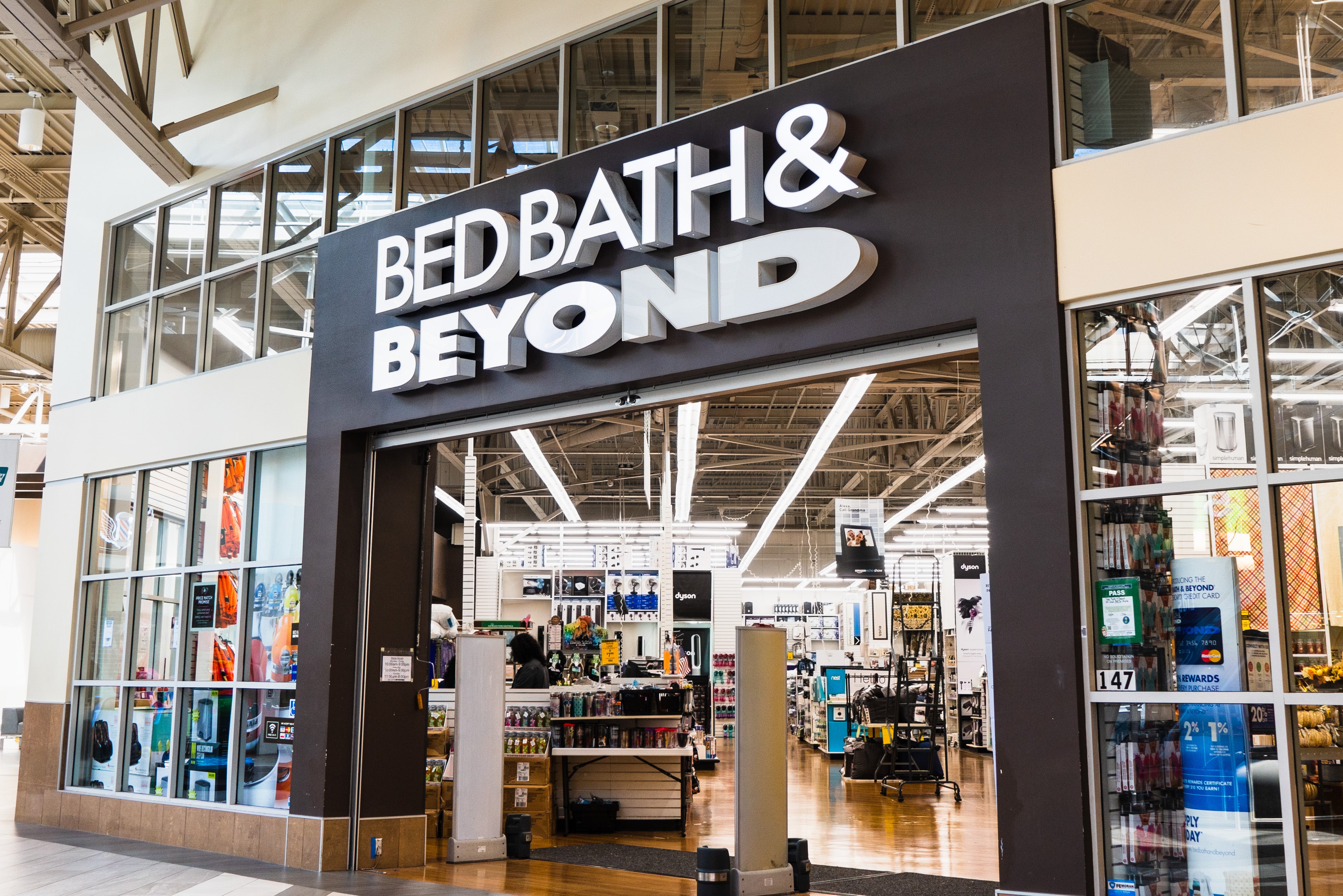Part of the strategy du jour for the increasingly troubled big-box retailer Bed Bath & Beyond is to bring back national brands into its merchandise mix. These labels are many of the same ones that were banished last year during former CEO Mark Tritton’s ill-fated attempt to develop “owned” house brands, which aimed to provide the company with both pricing exclusivity and cachet.
The failure of BBB’s owned-brand plan had more to do with execution and tactics than with the basic strategy, which is consistent with virtually every other retailer in America. Whether it’s Williams-Sonoma, RH, Macy’s or Wayfair, companies want merchandise that can’t be comparison-shopped or found elsewhere.
Tritton came to Bed Bath & Beyond in 2019 from Target, where private-label goods are the backbone of the entire store—especially its home department. While outlining his strategy to develop these store brands for BBB in March of 2021, Tritton indicated that he wanted them to account for one-third of the company’s volume by the end of the initial three-year rollout of a dozen or so labels. Much of this was set to occur in soft home, kitchenware basics and tabletop, while the retailer would continue to carry the big national brands in kitchen appliances, cleaning and other categories.
A good idea, in theory. But the in-house products Bed Bath & Beyond developed were generally underwhelming in design, with a visual sameness that created merchandising redundancies. The company’s ability to source, control supply chain logistics and manage inventory was also subpar, a result of the retailer’s lack of infrastructure and experience in these areas.
While brands are crucial to the purchasing process—especially in the off-price category, where shoppers recognizing a smattering of labels gives the rest of the assortment credibility by association—they are not just something you can plop on the floor and expect them to resonate. “Viable licensed brand owners invest millions establishing awareness and a promise of what the brand stands for—whether it’s the product’s quality, value or design,” wrote Kerry Glasser, president of licensing company Concept Marketing Group, on a LinkedIn post about Bed Bath & Beyond’s problems. “As a licensing advisor, clearly I am partial to authentic branding [and] licensing strategies. … but Bed Bath did not have the time nor the allocation of assets to build an infrastructure to support their own in-house sourcing and branding initiatives.”
The failure of the owned brands program at Bed Bath & Beyond should not be taken as a broad indictment of their overall role in the home furnishings sector. Whether they be owned brands like Hotel at Macy’s, captured brands like Hearth & Hand with Magnolia at Target, store-as-brand names found at West Elm or national brands like Waterford or Whirlpool, brand names are a critical piece of any retailer’s merchandising mix.
“Brands have become increasingly important for retailers to differentiate themselves,” says Greg Wyman, vice president of retail brand development for Jewel Branding, a licensing and brand marketing company. “Consumers are looking for trustworthy brands that are authentic and personally resonate with them and their values. We are finding the most successful brands, particularly in home categories, are those that have an engaging story and give the customer a compelling reason to leave their homes to shop in store.”
It will be up to the new management at Bed Bath & Beyond to reintroduce national names into its mix while continuing to find ways to differentiate its assortment. It’s a tall order, particularly as the retailer struggles financially. But the home shopper continues to connect to brand names—even if they don’t always know exactly what that brand stands for.
Homepage photo: ©Sundry Photography/Adobe Stock
____________
Warren Shoulberg is the former editor in chief for several leading B2B publications. He has been a guest lecturer at the Columbia University Graduate School of Business; received honors from the International Furnishings and Design Association and the Fashion Institute of Technology; and been cited by The Wall Street Journal, The New York Times, The Washington Post, CNN and other media as a leading industry expert. His Retail Watch columns offer deep industry insights on major markets and product categories.




























